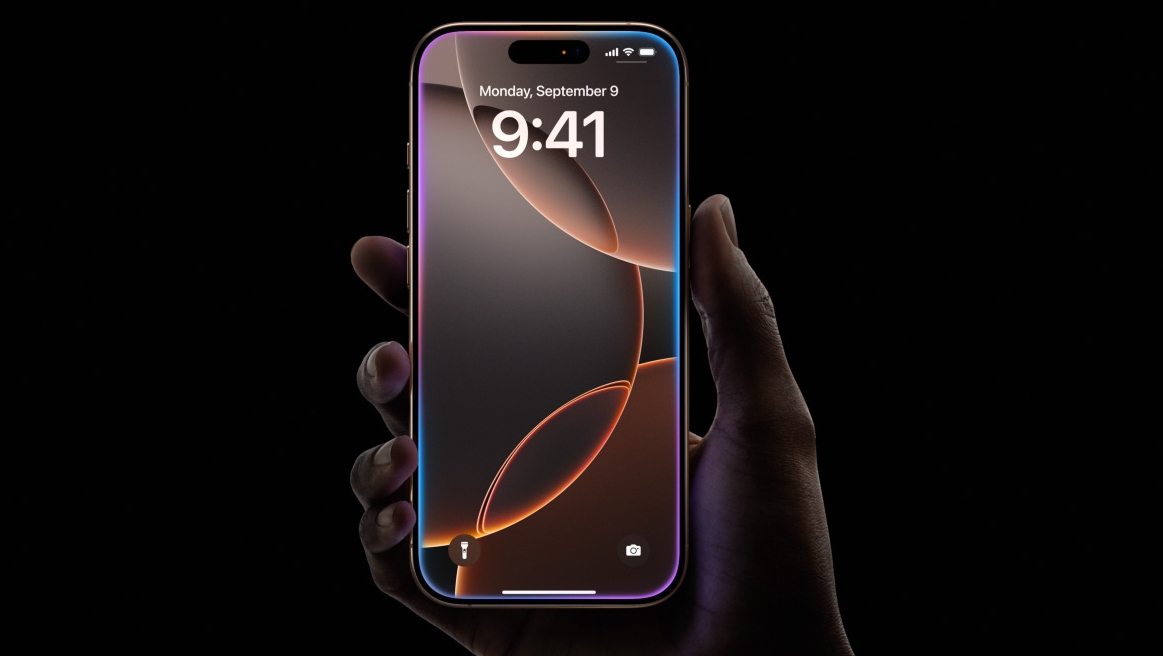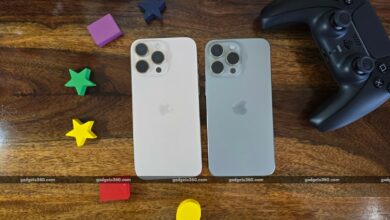The iPhone 16 Pro line doesn’t seem to be nearly as popular as the 15 Pro, but that’s no surprise

In recent years, Apple’s Pro iPhone models have typically been its best-sellers, but while that appears to still be the case this year, initial demand for the iPhone 16 Pro and iPhone 16 Pro Max is reportedly much lower than their predecessors.
Ming Chi Kuo – an analyst with a long track record of covering Apple information – conducted a supply chain study to estimate the pre-order numbers of each iPhone 16 model. The result was that the iPhone 16 Pro sold 27% less than its predecessor, with 9.8 million units pre-ordered, while the iPhone 16 Pro Max sold 16% less, with 17.1 million units pre-ordered.
This apparently came as a surprise to Apple, especially in the case of the iPhone 16 Pro Max. The company reportedly produced around 6 million units of the phone ahead of pre-orders, which is 106% more than the number of units produced for the iPhone 15 Pro Max.
It’s not all bad news for Apple, though, as while initial demand for the Pro models appears to have fallen off, the standard iPhone 16 and iPhone 16 Plus are proving to be more popular than their predecessors. iPhone 16 pre-orders are said to be up 10%, with 7.3 million units pre-ordered. The iPhone 16 Plus is said to be up 48% but still has the lowest demand, with 2.6 million units pre-ordered.
But Kuo says that doesn’t make up for the drop in interest in the Pro models. The iPhone 16 lineup as a whole is estimated to have sold 37 million units so far, down 12.7% from the iPhone 15 lineup in its first weekend.

There is no headline feature
So why is this? Kuo points to the lack of Apple Intelligence at launch as a major factor. This suite of AI features is one of the biggest selling points of the iPhone 16 line, but Apple Intelligence features won’t be available until October, and even then, we won’t get every feature Apple has revealed right away.
Kuo also believes that fierce competition from Chinese phone brands has had an impact on the number of pre-orders.
Additionally, we’d imagine the standard and Plus models would be more popular than their predecessors, as they have more in common with the Pro phones. For example, they have the new Camera Control button, which Apple could easily have made exclusive to the Pro phones.
They also gain the Action button from last year’s Pro models, and they have a new A18 chipset instead of inheriting the A17 Pro from the iPhone 15 Pro line. All of this could make the Pro models feel less essential, so it’s no surprise that pre-orders for these models are lower than last year’s models.
Still, Kuo predicts that demand for the iPhone 16 line as a whole could pick up later this year, once Apple Intelligence actually begins rolling out and the holiday season approaches.




